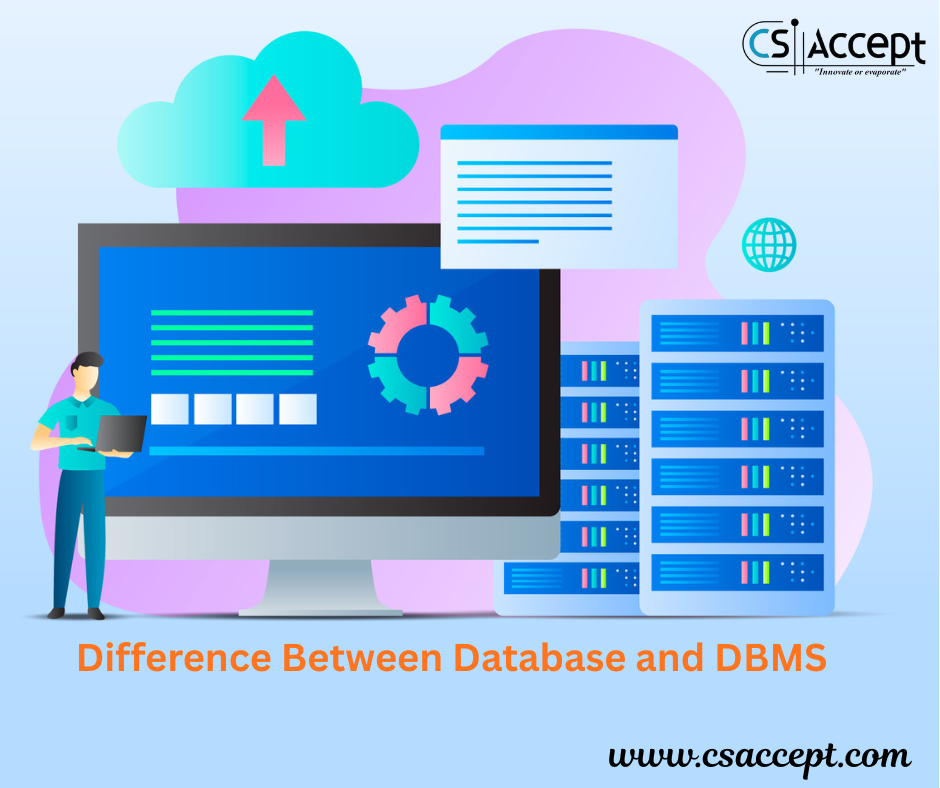
Difference Between Linux and Windows
| Aspect | Linux | Windows |
|---|---|---|
| Basic Definition | An open-source, Unix-like operating system kernel. | A proprietary operating system developed by Microsoft. |
| Developer | Developed by Linus Torvalds and the open-source community. | Developed and maintained by Microsoft Corporation. |
| Source Code | Open-source and freely available for modification. | Closed-source; not available for modification. |
| License | GNU General Public License (GPL). | Commercial license; must be purchased. |
| Cost | Free to use and distribute. | Paid (Windows license costs vary). |
| User Interface | Multiple desktop environments (GNOME, KDE, XFCE, etc.). | Single desktop environment with a GUI developed by Microsoft. |
| Command Line | Powerful terminal (Bash, Zsh) with scripting capabilities. | Command Prompt (CMD) and PowerShell (less used by casual users). |
| Security | Considered more secure due to strict user privilege model and open code. | More frequent target of malware due to popularity; requires antivirus. |
| Updates | Controlled by user; no forced updates. | Automatic updates (can be disruptive); controlled by Microsoft. |
| File System | ext2, ext3, ext4, Btrfs, XFS, etc. | NTFS, FAT32, exFAT. |
| Hardware Support | Broad support but may require manual driver installation. | Excellent driver support with automatic installation. |
| Performance | Lightweight; runs well on older hardware. | Heavier; needs more resources (RAM, CPU). |
| Software Availability | Fewer commercial applications; depends on open-source alternatives. | Wide availability of commercial software like MS Office, Adobe Suite. |
| Gaming | Limited support; improving via Steam Proton and Wine. | Strong support; most PC games are developed for Windows first. |
| Use Cases | Ideal for servers, developers, cybersecurity, education. | Ideal for gaming, general users, and business environments. |
| System Resource Usage | Low memory and CPU usage. | High resource usage. |
| Customization | Highly customizable (themes, scripts, kernel modifications). | Limited customization options. |
| Community Support | Strong community forums and documentation. | Good support but more focused on paid customer service. |
| Learning Curve | Steeper for beginners; requires some technical knowledge. | User-friendly and intuitive for most users. |
| Popular Distributions/Versions | Ubuntu, Fedora, Debian, CentOS, Arch Linux, Red Hat. | Windows 10, Windows 11, Windows Server. |
Detailed Explanation
1. Open Source vs. Proprietary
- Linux is open-source, meaning its source code is freely available to anyone. You can view, modify, and distribute the code.
- Windows is a closed-source, proprietary system where only Microsoft has access to the source code.
2. Security
- Linux has a better security model. User accounts do not have administrative privileges by default, reducing the risk of accidental or malicious system changes.
- Windows is more vulnerable to viruses and malware due to its widespread use and administrative privilege issues.
3. Customization
- Linux can be extensively customized from the kernel to the UI.
- Windows has limited customization; mostly skin-level changes like wallpapers and themes.
4. Software and Package Management
- Linux uses package managers like APT (Debian/Ubuntu), YUM/DNF (Red Hat/Fedora), and Pacman (Arch) to install and manage software.
- Windows uses .exe or .msi installers and relies on tools like Microsoft Store or Chocolatey for package management.
5. User Interface
- Linux allows you to choose from different desktop environments such as GNOME, KDE Plasma, LXDE, etc.
- Windows has a single user interface designed for simplicity and ease of use.
6. System Updates
- Linux lets you control when and what to update.
- Windows often forces updates which can restart your computer unexpectedly.
7. Community and Support
- Linux is community-driven; extensive documentation and forums help troubleshoot issues.
- Windows support is mainly from Microsoft or paid third-party vendors.
8. File Structure
- Linux uses a tree-based structure starting from root (
/) and is case-sensitive. - Windows uses drive letters (like C:) and is not case-sensitive by default.
9. Performance and Resource Usage
- Linux distributions like Lubuntu, Xubuntu, and Puppy Linux are designed to run on minimal resources.
- Windows is heavier, especially the newer versions, requiring more RAM and disk space.
10. Development Environment
- Linux is preferred by developers for languages like Python, C, Java, and scripting.
- Windows supports development well too, especially with WSL (Windows Subsystem for Linux), but still not as native as Linux.
Which is Better?
It depends on your needs:
| If you are… | Choose… |
|---|---|
| A gamer or general desktop user | Windows |
| A programmer, system administrator | Linux |
| Running a server | Linux |
| Looking for a user-friendly experience | Windows |
| Interested in learning OS internals | Linux |






